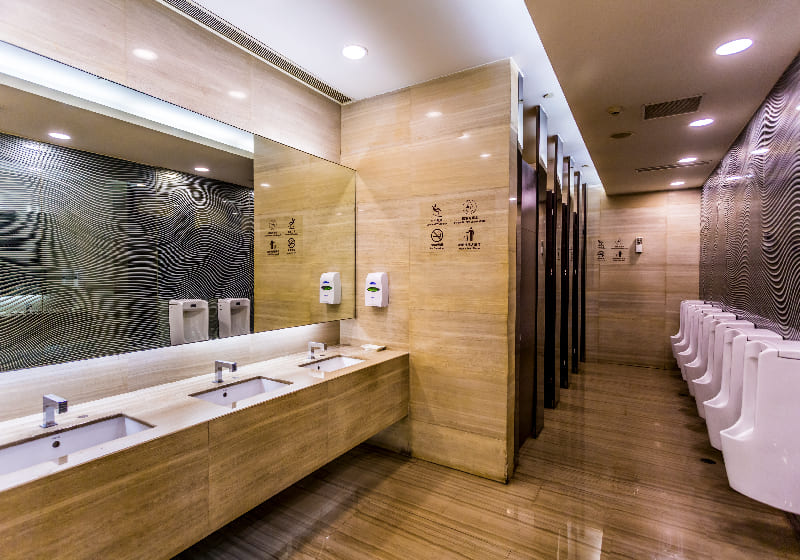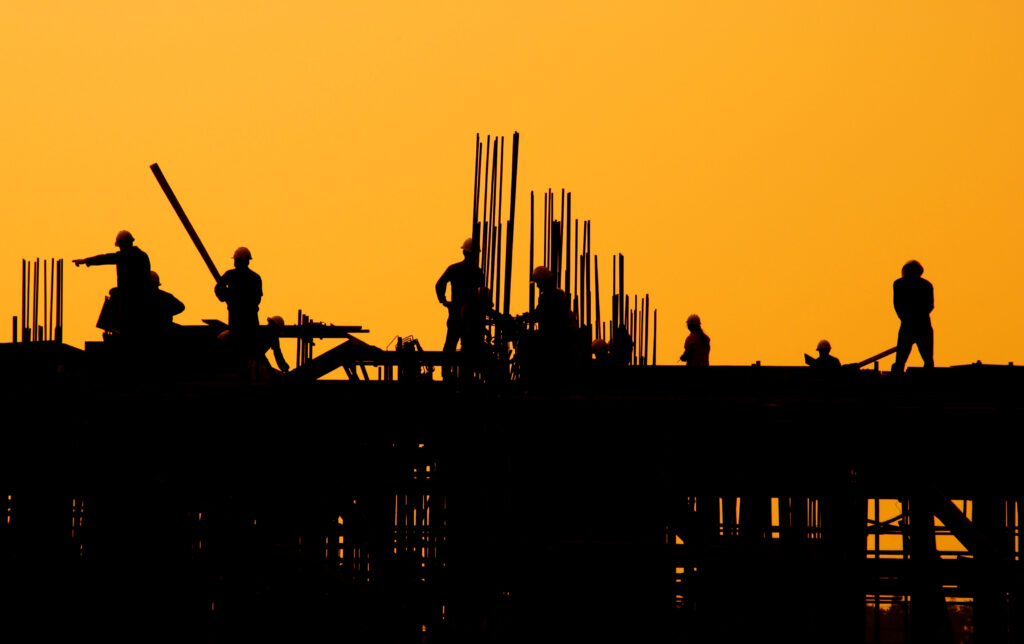Clogged drains in a multi-family building are inevitable, and you’ll likely receive this maintenance request on a somewhat regular basis. Food, hair and other waste can all create issues with your drainage system. Left untreated, these issues can quickly become disastrous.
Understand the basics of your system.
Important in knowing how to fix backups and other problems with your piping is understanding the system’s layout. The plumbing in an apartment building or condo is all connected, and being aware of how it works together will help you better manage it. Vertical stacks travel from the ground floor all the way to the roof and include waste, soil and drainage stacks. There are also leaders, which are vertical stacks that transport rainwater down to the sewage system.
Remember that your plumbing system is one unit.
If you think of the vertical stacks as a tree’s trunk, then the branch lines should be an obvious comparison. These branch lines connect the vertical waste, soil or vent stacks horizontally to each unit in your building. At the base or “root” of your system, you have more horizontal lines under the ground floor that finally divert the water out to the sewage system. Each unit also has a control valve to prevent cross-contamination, and to stop water when repairs are needed.
Not everything goes down the same way.
Depending on your building’s size you may have either a single- or two-pipe system. A single-pipe system moves water and waste down the same pipe, whereas a two-pipe system separates things out. Each system has its own advantages and disadvantages, and ultimately it comes down to your decision. Think about the size of your building, and if having a larger system makes sense for your situation.
To an extent, minor plumbing issues are unavoidable.
At some point you’ll get a maintenance request from a tenant about either a clogged toilet or a backed-up sink drain. There can be a whole assortment of culprits that are causing a clog, such as:
Educate your tenants on the importance of proper disposal.
As a tenant, it’s easy to think that if something fits down the drain, it will simply go through the pipes. This, of course, couldn’t be further from the truth. All it takes is one small piece of waste to begin a disposal dam, leading to a clogged pipe. The best way to prevent this issue is to educate your tenants on what can and can’t go down the drain. Remind them to scrape plates into the trash before washing them in the sink, use drain covers in sinks and tubs and have them notify you immediately if there’s an emergency.
Small steps can play a big role in your plumbing.
Knowing your system, informing tenants and other preventative measures can help extend the life of your commercial plumbing. If you live in an area that experiences cold winters, it’s also a good idea to winterize your building to avoid frozen pipes. Being proactive about your system will help you avoid costly repairs and complaints from tenants.
For more information, visit www.npicommercial.com.



